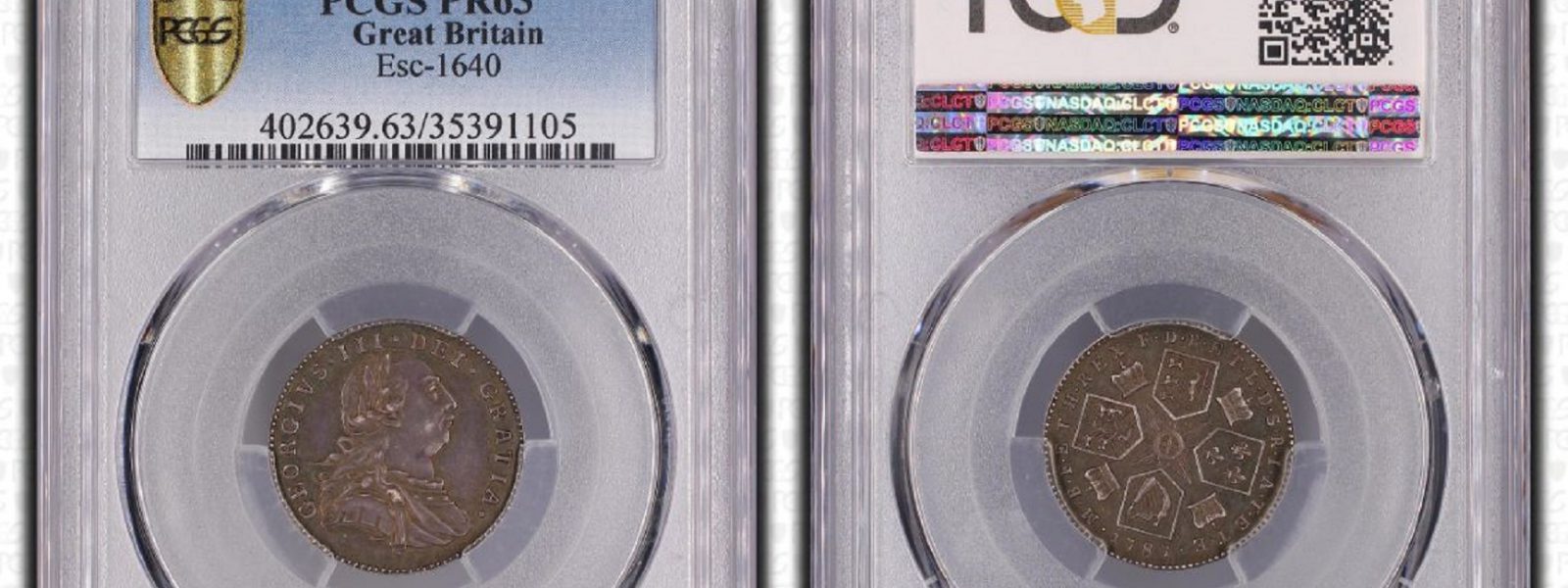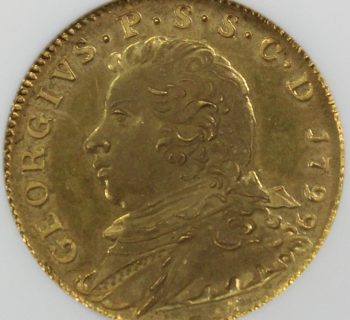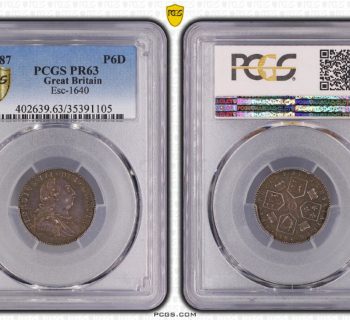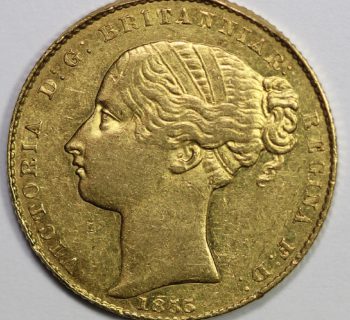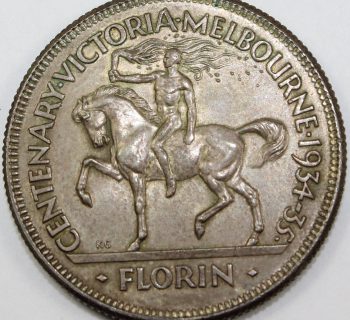Auction 74 Highlights
Welcome to Smalls Auctions Sale 74.
This sale offers a number of Australian and World rarities seldom offered to collectors.
Amongst the Australian coins on offer is an 1872 M Sovereign with a ‘medal alignment.’ At the opening of the Melbourne Mint in 1872 a small number of presentation coins were distributed amongst the dignitaries in attendance. These were Shield reverse sovereigns and, unlike the circulation coins of that year, they were struck with a ‘medal alignment’ of the obverse and reverse dies. It is thought that about 50 were struck but few have survived, and it is an extreme rarity in any grade. As a testament to its rarity it was not represented in the 'Quatermaster' Collection which was described as "the most comprehensive collection of Australian Ingots, Patterns, Proofs, Sovereigns and Half Sovereigns ever assembled by a private collector or public institution."
The World coin selection offers an interesting array of ‘error coins’ including two ‘unholed’ New Guinea Shillings covering two monarchs. The 1935 Shilling was struck during the reign of George V and the 1938 during the reign of George VI. There is also a ‘mule’ strike combining the obverse of a Jamaican 1888 Farthing and the reverse of a Great Britain Victoria Penny Reverse. Surely this must rate as one of the most bizarre mistakes made by the Royal Mint and it is highly graded by NGC at MS66. There is also full obverse brockage of a Newfoundland Victoria Penny as well as a rare Gold Coast. 1796 1/4 Ackey with the error spelling 'Parli(a)ment.'
One of the more interesting items is the ‘Ayrshire’ 1799 Gold Pattern Sixpence which was struck for the ‘Scotophile’ Colonel Fullerton. Fullerton wanted a separate coinage for Scotland and went about commissioning dies for a sixpence, shilling and half crown. His plans were stymied by the Anglophile Sir Joseph Banks who objected to the proposed designs which ditched the usual portrait of the King in favour of the Seneschal or Judicial Steward of Scotland i.e. the Prince of Wales (later George IV). Only a few copper strikes were done at the time before the operation was closed down, but the dies were preserved and restrikes were made in silver and gold. The silver issues are scare but not rare whereas only a few of the gold issues have survived, and none finer than this sixpence graded NGC MS65.
These are just some of the highlights of the Auction which bears closer scrutiny.
Smalls Auctions.

